When intelligent driving meets accessories upgrading, how should traditional parts and components enterprises take the trick? Under the double wave of rapid penetration of intelligent driving technology and intelligent upgrading of auto parts, traditional parts enterprises are facing unprecedented transformation pressure.
This change not only requires enterprises to break through the inherent boundaries of machinery manufacturing, but also need to build a new capability system in the field of electronics, software, algorithms, etc., in order to cope with the multiple challenges of supply chain restructuring, accelerated technological iteration and reshaping of the market competition pattern.
Traditional parts and components enterprises have long focused on metal processing, precision manufacturing and other mechanical fields, while the core components required for intelligent driving, such as sensors, domain controllers, wire actuators, etc., rely on chip design, embedded system development, artificial intelligence algorithms and other electronic and software technologies.
Intelligent braking systems need to integrate motor control, pressure sensing and algorithmic decision-making, traditional hydraulic brake suppliers who are unable to master the electronic control technology will face the risk of being replaced by an integrated electronic braking system. Enterprises need to invest a lot of resources for talent reserves and R&D system reconstruction, and gradually make up for the shortcomings of software-defined products.
In the era of intelligent driving, the collaboration mode between automakers and parts suppliers has shifted from “hierarchical subcontracting” to “co-development”. In the past, traditional suppliers only needed to produce a single component according to drawings, but now they need to participate in the design of the entire vehicle’s electrical and electronic architecture to ensure that the communication protocols between sensors and domain controllers are compatible, and that the response timing of actuators and decision-making algorithms matches.
When intelligent driving meets parts upgrading, how should the traditional parts companies take over? In this change, the survival law of traditional parts and components enterprises has shifted from “scale winning” to “value plowing”. Those who can quickly complete the technology cross-border enterprises will have the opportunity to take the lead in the new track of electrification and intelligentization.

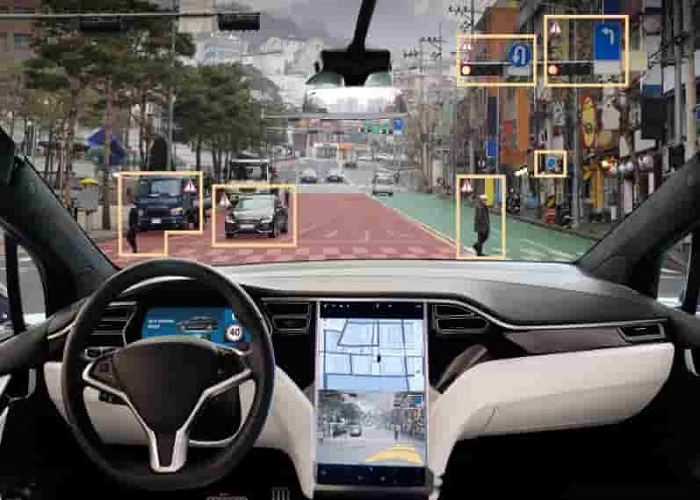
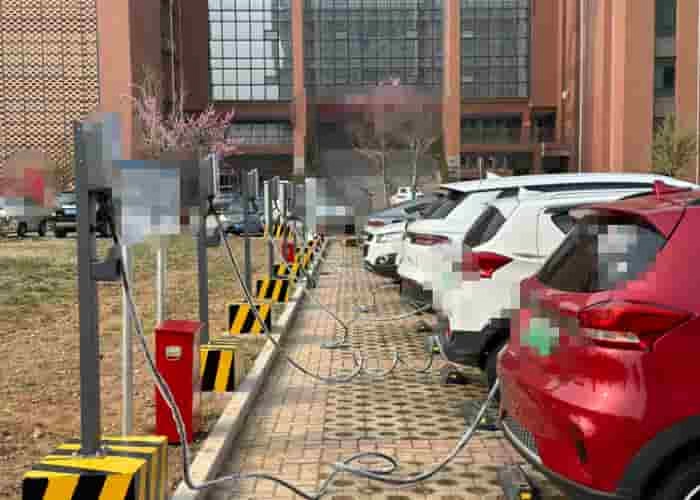
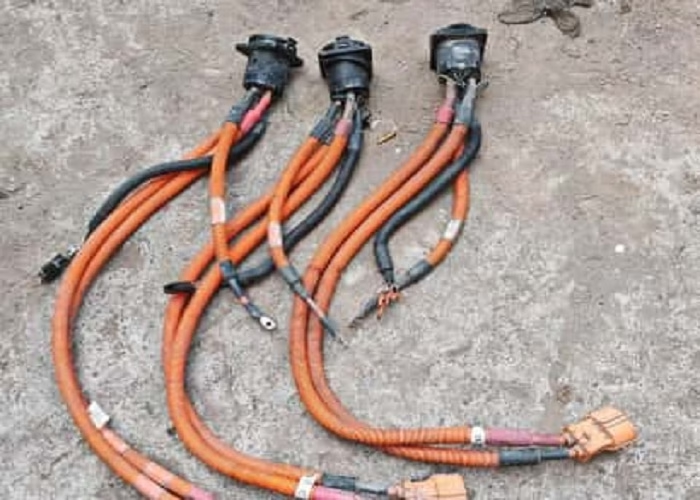


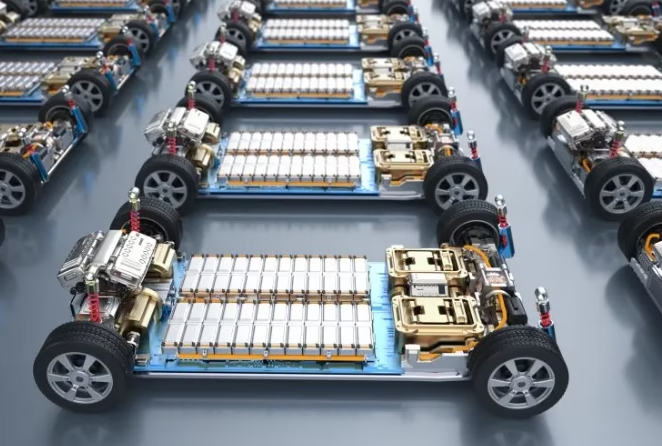
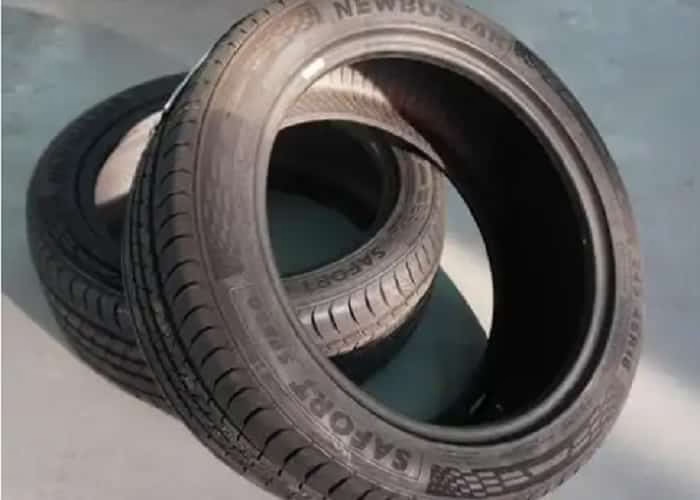
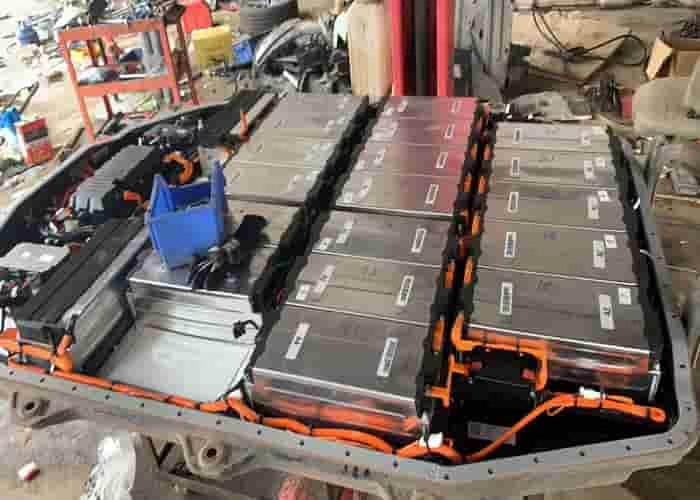

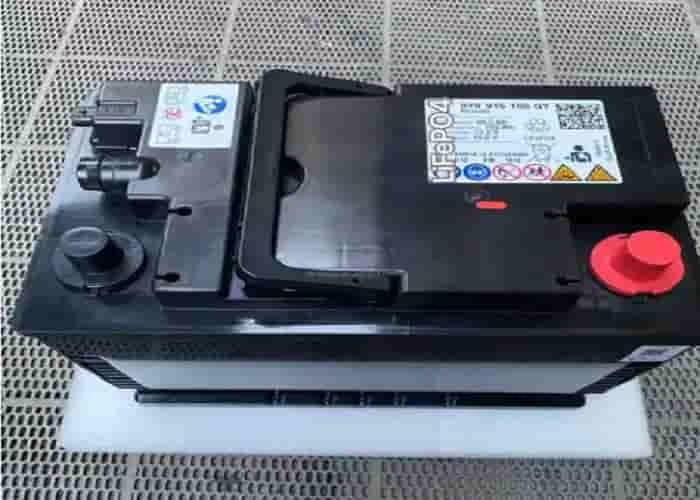
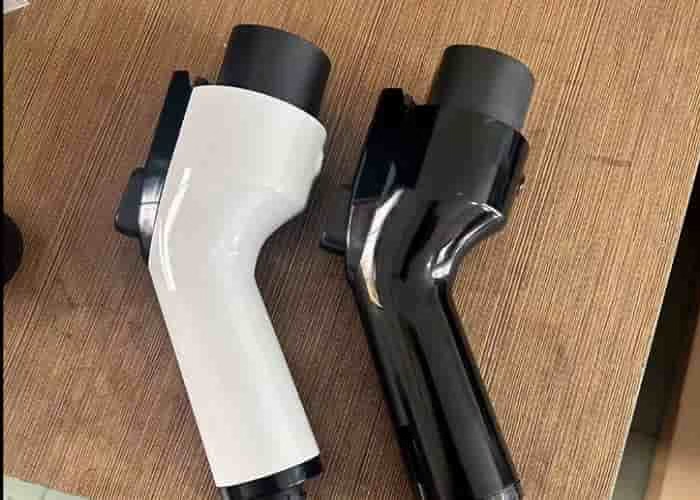


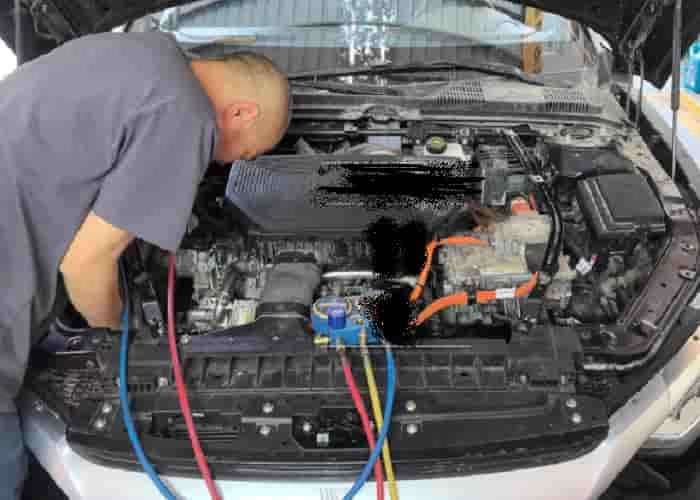
Leave a Reply